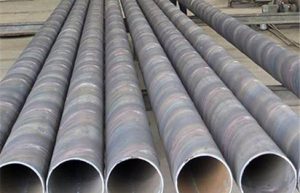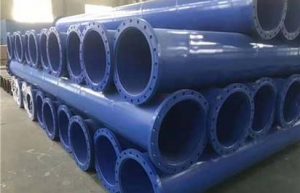The composites industry is an application of microspheres that consumes the greatest amount by volume. Many of these microspheres are lightweight hollow glass or ceramic spheres that are added to binder material to create products with the lowest possible weight.
Integration of microspheres into composite parts increases the ease of applications and mixing. The ball-bearing effect improves flow and lowers the viscosity of resin mixes, which significantly simplifies processability, resulting in easier machinability, faster cycle times and cost savings. The smooth, spherical shape of microspheres allows even dispersion and packing efficiency. Microspheres can be used in most processing methods for thermoset and thermoplastic polymers such as extrusion and injection molding. They blend easily into compounds, which makes them adaptable to a variety of production processes, including spraying and casting.
Hollow glass microspheres provide weight reduction and resin extension in aerospace, automotive, construction, explosive, marine, coating, abrasive, film industry and sporting goods applications.
Flotation Devices and Underwater Vessels
Microspheres are widely used in the fiber-reinforced polyester industry to improve the manufacturing process for shower stalls, boats, some types of flotation devices and underwater vessels, offering the benefits of deep-sea buoyancy and subsea thermal insulation. Syntactic pipe insulation and buoyancy foams made with hollow microspheres are used in a growing number of deep-water recovery programs.
Automotive, Building, Marine and Aerospace
The automotive, building, marine and aerospace industries require the lowest possible weight for materials. The makers of syntactic foams require the controlled, closed cells that only microspheres can offer. Due to their physical characteristics, most microspheres are extremely good insulators, reflect and dissipate heat very effectively, and are also fire resistant. As a result, many fire-retardant materials and roof coatings are made using ceramic or glass microspheres. Microspheres are also used in acoustic/dielectric sensors and aerospace adhesives.
Oil and Gas
Microspheres are used in oil and gas production as an additive for lightweight cement slurries and allow reduction of cement slurry density without increasing the water content.
Paints and Coatings
Coatings containing microspheres are stronger and more durable than other coatings. Because hollow spheres lower the density of materials to which they are added, a gallon of paint or coating made with hollow microspheres will weigh less than the same product
made without them. Lower-density coatings are cheaper to produce and ship and easier to carry up ladders. Next-generation microspheres used in paint and coating applications enhance weatherability and durability of components and finished products.

